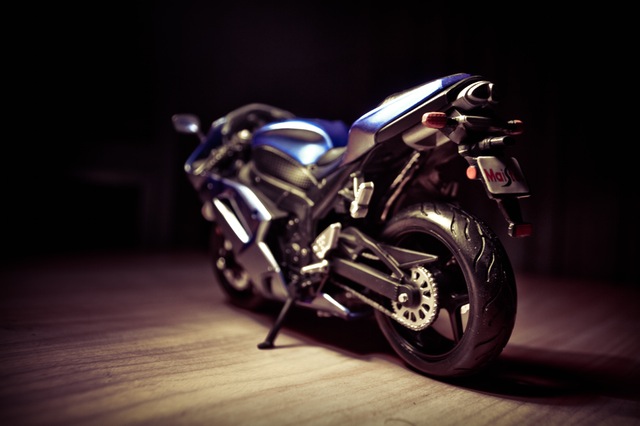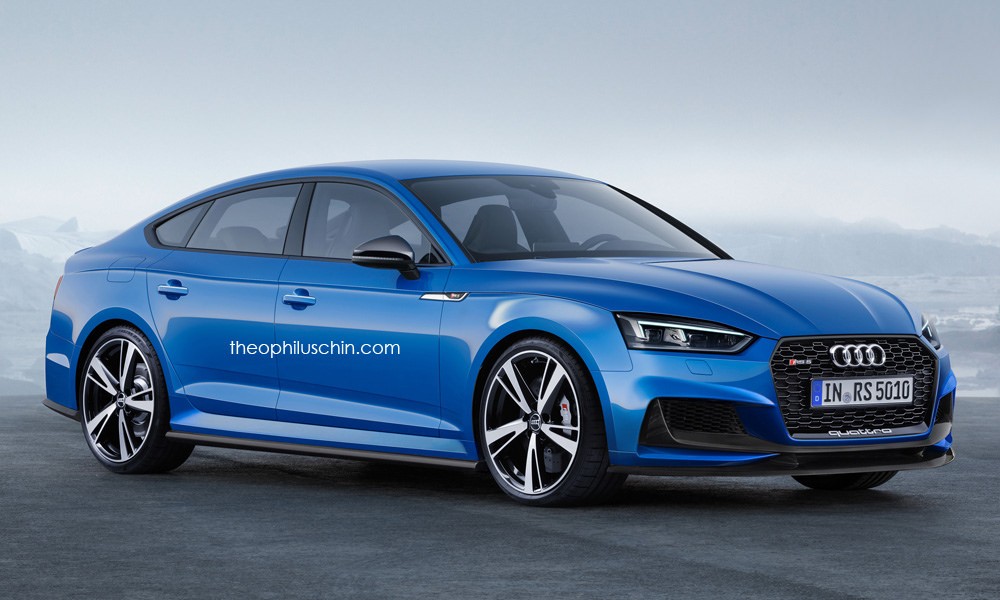Time to Part Ways: 5 Factors That Determine Your Motorcycle’s Value
According to a survey conducted by the Motorcycle Industry Council last year, an estimated 12 million American households now own bikes. This figure shows an uptick of more than two million just over the last four years. Though a record-breaking number of people are purchasing motorcycles at this point, plenty of owners are selling their bikes and upgrading to newer models as well.

Countless memories are made on those bikes with more coming from the rides than their destinations. Those alone are priceless, but when it comes to selling, the sentimental value just doesn’t count. Determining the right selling price isn’t a cut-and-dried matter, though. Several factors come into play. If you need help selling your motorcycle, keeping these five factors in mind will help keep you from selling yourself short.
1) Start with a Base Figure
Online pricing guides are wonderful sources of information. Kelley Blue Book is one of the most trusted options available, and this long-standing valuation resource covers far more than passenger vehicles. It caters to the biker community as well. Cross-referencing your bike’s year, make and model against others of its kind will give you a good starting point, but other aspects factor into the equation as well.
2) Brand Figures into the Bottom Line
As is the case with musical instruments, toys, electronics, and passenger vehicles, some brands hold their value more than others. Based on a recent write-up in the Los Angeles Times, models manufactured by BMW, Ducati, Harley-Davidson, Indian and Triumph currently have the highest resale values. If you’re selling one of these, you might be looking at a nice return.
3) Condition Counts
It’s no secret damage detracts from the value of a bike. Cosmetic issues can turn off a potential buyer before he or she even hear the bike run or takes it for a test drive. Consider touching up any light scratches or having the bike repainted altogether if it looks a bit rough. Replace any broken lights or damaged chrome as well. From there, be sure it’s tuned up and in top running condition. These measures come with a price of their own, but they’ll virtually guarantee a higher sale in the long run. If nothing else, give the bike a thorough scrubbing.
4) Modifications Matter
Custom paint jobs, handlebars, pipes, and other modifications can certainly drive up a bike’s value. Anything that enhances performance tends to have the same effect. As noted in an article published by AARP, enhancement value is what counts in this regard rather than the cost of the modifications.
Having said that, some changes can have the opposite impact on value. Outlandish customizations or those few people are likely to appreciate may bring down the resale price of a motorcycle.
5) State of the Local Market
Some things are simply out of your control. If you list the bike on one of the many online selling platforms now available, most potential buyers are going to be local. Should those customers have the money on hand, they’re likely to pay what you’re asking for the right brand in good condition with enticing modifications. Otherwise, those other factors may not make much of a difference.
In a Nutshell
Letting go of your bike may not be easy considering all the memories you’ve made with it. Knowing you’re getting the right price for it can help ease some of the pain, though. Keep these factors in mind when setting an asking price, and remember, a few upfront costs are sure to pay off many times over.





